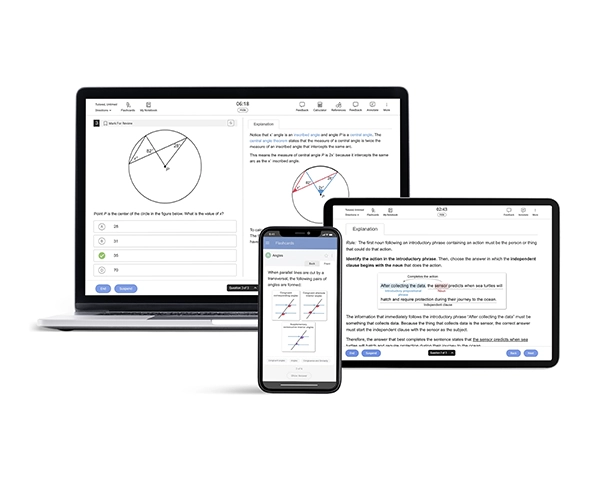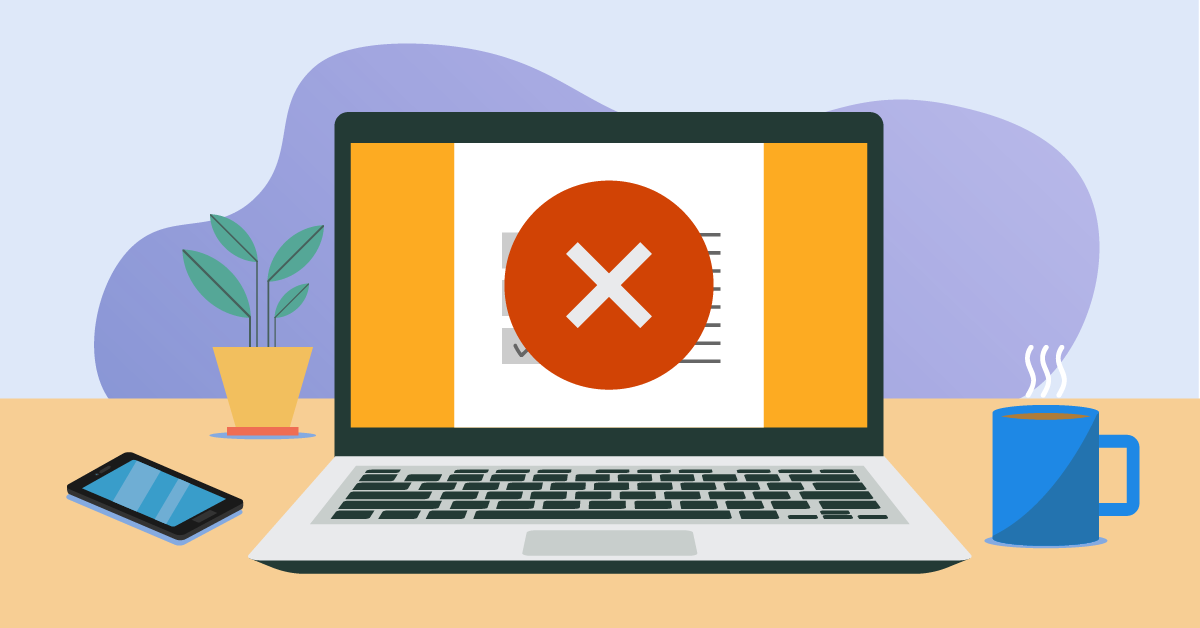Coming up with numbers to plug into an equation is a great way to simplify problems that are dense with variables in the Math section of the SAT® exam. Like plugging in answer choices, plugging in numbers is an effective strategy for the questions you don’t know how to solve or take too long to solve by hand. You can also use this strategy to check your work.
Here is a breakdown of how to plug in numbers to help solve intimidating questions:
1. Start the Problem Using the Methods You Learn in School
If you depend on plugging in numbers, you may find yourself running out of time. Concepts that could be worked through quite quickly are missed if you shift into autopilot when you see a problem packed with variables. Before you start plugging in numbers, take a look at what the question asks of you and if you have the skills to solve it by hand, then do it!
2. Know How To Spot an Opportunity
It is important to recognize the questions you can strategize on. If you come across questions or answer choices that are packed with variables, then you have an opportunity to plug in numbers. If the problem does not have variables to replace with numbers, you have the option of strategizing by plugging in answer choices.
3. How To Pick a Number
The question must say “for all numbers” for this strategy to be appropriate. If the question does not say “for all numbers,” then you will have to plug in a number for one variable and solve for the other unknowns. Pay attention to the variables’ relationships to one another, and check your work by testing the number you chose in each of the equations given within the problem.
4. Don’t Use Zero or One
Zero and one are more likely to work in multiple answer choices. If a number works in more than one answer choice, you will have to do more work. Ones and zeros are likely to slow you down. To make this strategy efficient, don’t use zero or one when plugging in numbers.
5. The Number Must Always Work in Order To Be Correct
If your number fits accurately into more than one answer choice, then it is not correct. Working in multiple choices is a red flag that the number you have plugged in does not work all of the time. You will need to pick a different number. Retest the new number on the choices that the last number fit into. Note: If a number you plugged in works for more than one answer choice, you now need to narrow down from the options that number worked for. You do not need to retest the new number in each answer choice.
Example: If your number worked for both A and C, you must choose a new number to retest. You will only need to plug this number into A and C. Your goal is to find a number that always works. If the number works for more than one answer choice, then it does not always work.
If you spot an opportunity to use this strategy, ensure that you have enough time to test multiple numbers. You can practice plugging in numbers using UWorld’s SAT Prep Course. The course provides realistic practice exams to give you experience for the official SAT exam. You can use your results from the practice tests and the performance tracking tools to create a study plan. Practice plugging in numbers during the Math section of the SAT test through the prep course and see how it boosts your performance!




